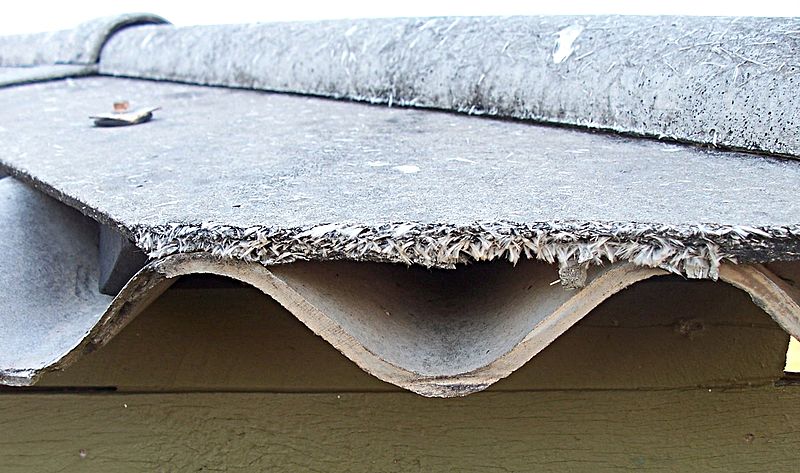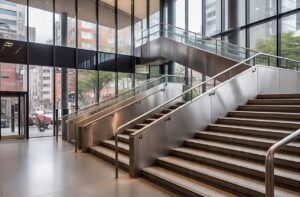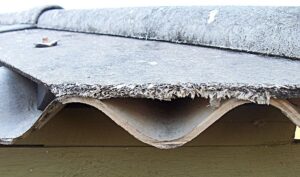When planning or renovating your living space, it’s crucial to prioritise health and safety. One of the major but often overlooked threats is asbestos. If you care about your family’s well-being, you must avoid asbestos ceiling in your home.
An asbestos ceiling is made with materials that have asbestos, a natural fiber derived from minerals. Asbestos is used in buildings for fire resistance, insulation, and soundproofing properties. Asbestos was commonly used in homes and buildings built in the 1990s. It is no longer widely used commercially but can still exist in many older homes and buildings. You may also find asbestos in cement, flooring and ceiling materials. Asbestos is often mixed with other materials, such as plaster, to create strong, fireproof ceilings that are easy to install and cost-effective.
However, when these materials are damaged or disturbed during renovations, they can release tiny asbestos fibres into the air. Inhaling these fibres can cause serious health issues, such as lung diseases and cancer.
This article aims to help you understand why you should not have asbestos ceilings in your home, the possible dangers that come with it, and, furthermore, the safer alternatives available today for creating a healthier living environment.
THE COMPONENT OF ASBESTOS CEILINGS
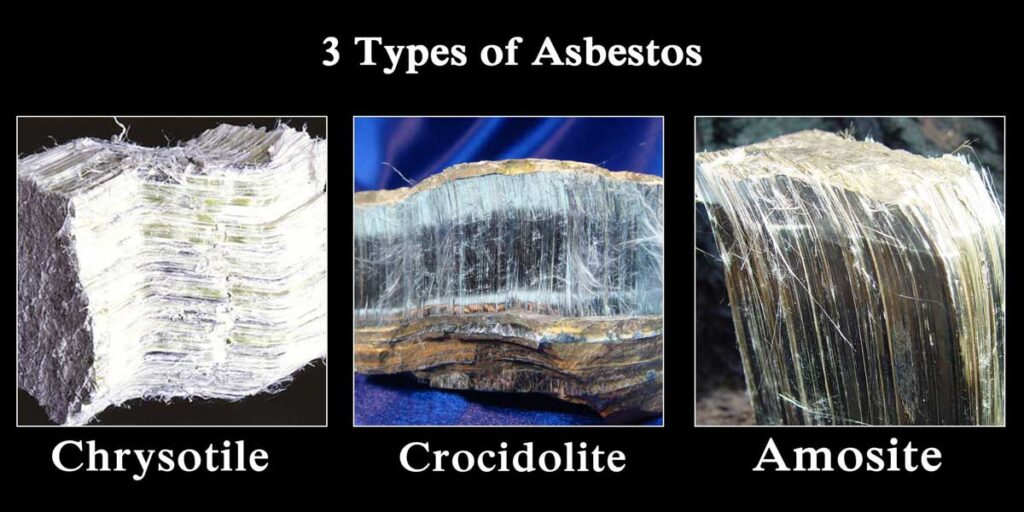
Asbestos ceilings are usually made with different types of asbestos fibres mixed with other materials to produce various kinds of ceilings. Asbestos is not a single mineral but is a name given to a group of naturally occurring fibrous minerals and each has its characteristics. The main types of asbestos used in ceiling materials include chrysotile, amosite, and crocidolite.
- Chrysotile (also known as white asbestos) is the most used form of asbestos. It has a fibrous, curly texture, which makes it useful for insulation and creating a soft, textured finish.
- Amosite (or brown asbestos) is another form of asbestos, known for its strength and heat resistance. It was often used in products like ceiling tiles and boards, providing structural integrity and fireproofing.
- Crocidolite (or blue asbestos) is one of the most dangerous forms of asbestos due to its fine fibres.
THE DANGERS OF ASBESTOS CEILINGS
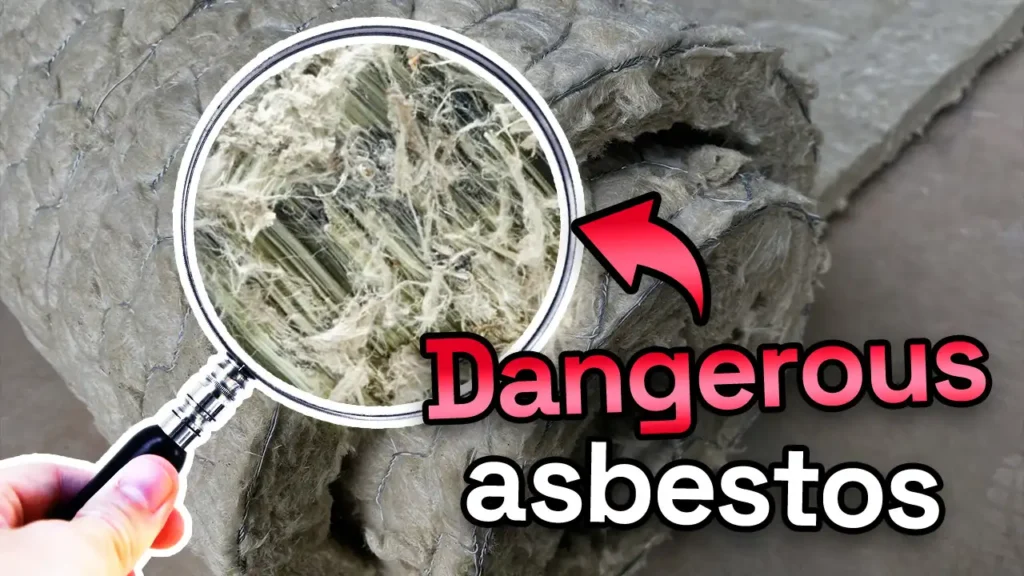
To avoid serious health problems, you should avoid asbestos ceiling in your home. Asbestos was once widely used due to its heat-resistant properties, but science has since shown how dangerous it can be. Today, experts strongly advise that homeowners avoid asbestos ceiling in your home and seek professional inspection when unsure.
For many years, asbestos has been used in buildings as a fireproof material. It is often found in insulation, floor tiles, and other areas in the house. Health can be affected if you breathe in asbestos fibres in the air. Asbestos can enter the body when living or working with asbestos or just being around it. It has a low risk to your health if the asbestos is in good condition and not damaged.
Asbestos can be damaged by the weather if the material is disturbed, either by physical damage or natural tears. Damaging the asbestos can release small fibres into the air. Inhaling these asbestos fibres can damage the lung tissue. Over time this may cause lung disease, including asbestosis, lung cancer and mesothelioma. However, you generally need to be around high levels of asbestos for a long time to get these health problems. It takes about 20 to 30 years for symptoms of these diseases to show. It is important to check with a doctor to see if any of the following symptoms develop:
- Shortness of breath, wheezing, or hoarseness
- A persistent cough that gets worse over time
- Blood in the sputum (fluid) coughed up from the lungs
- Pain or tightening in the chest
- Difficulty swallowing
- Swelling of the neck or face
Many people whose health has been affected by asbestos include those who:
- worked in the asbestos mining or milling industry
- worked in industries involved in making or installing asbestos products
There is no safe level of asbestos exposure. The more asbestos you are exposed to, the higher your risk.
RECOMMENDATION: CEILINGS THAT ARE SAFER INSTEAD OF ASBESTOS CEILINGS
If you are considering replacing or renovating an older ceiling made with asbestos, it is safe to choose better, non-toxic alternatives that will protect both your health and the structural integrity of your home. Below are some recommended ceiling materials that are safer and more effective for insulation, fire resistance, and aesthetic appeal.
1. Gypsum (Drywall) Ceilings
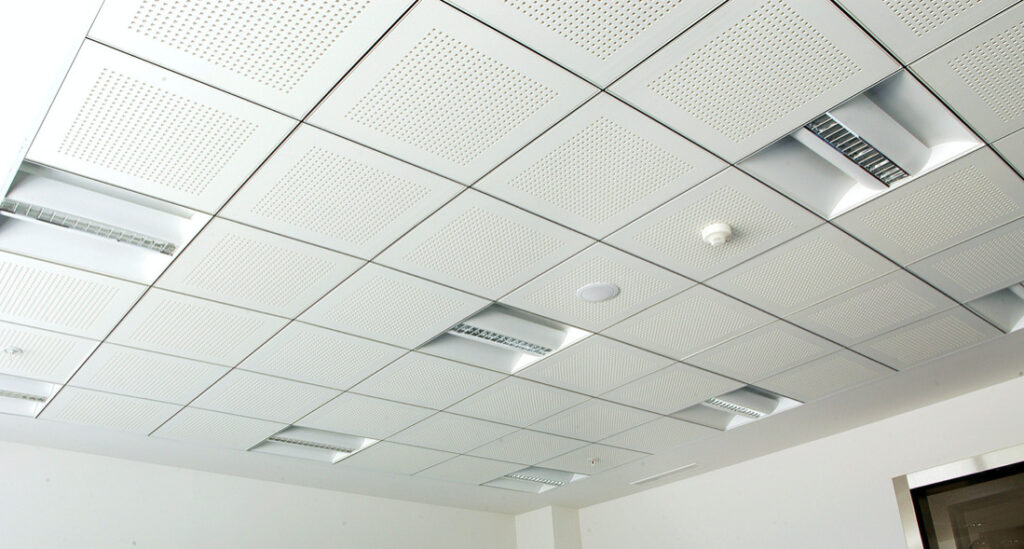
Gypsum is a highly common material used for ceilings and walls. Moreover, it is naturally fire-resistant and provides good insulation
Benefits: It is fire-resistant, cost-effective, and easy to repair. It can be painted or textured to fit any aesthetic preference.
2. PVC (Polyvinyl Chloride) Ceiling Panels
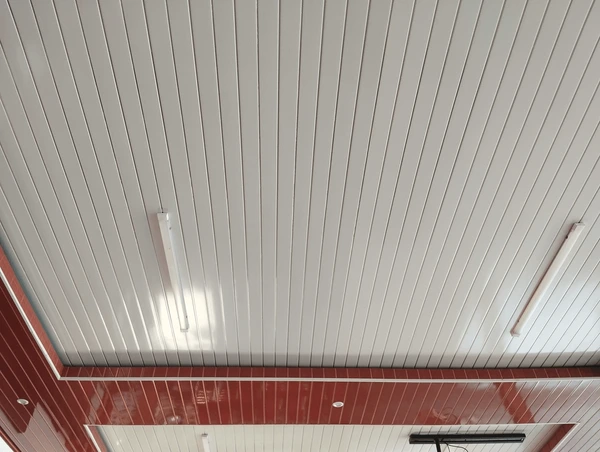
PVC ceiling panels are a safe, synthetic alternative to asbestos. They are moisture-resistant, durable, and lightweight. PVC is a popular option for bathrooms, kitchens, and areas exposed to high humidity.
Benefits: PVC panels are water resistant, easy to clean, and available in various textures and colours. PVC panels are also resistant to mould, making them ideal for moisture-prone areas.
3, Plaster Ceilings
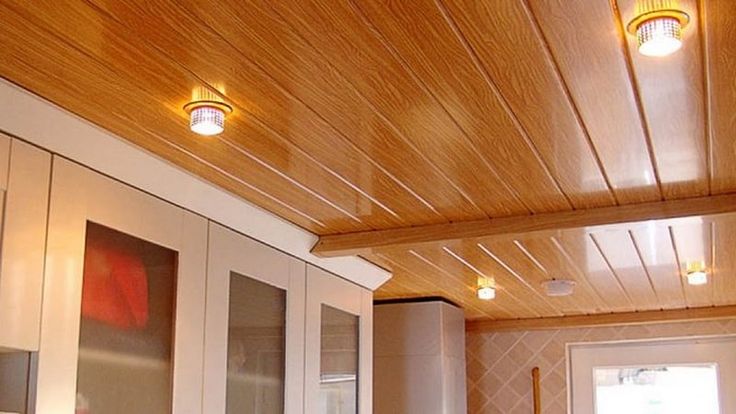
Plaster has long been used for ceilings and walls due to its durability and smooth finish. It is an eco-friendly and safe material that does not contain asbestos. Plaster ceilings enhance the overall visual appeal of the space, providing a polished and finished look that adds sophistication and elegance.
Benefits: Strong, durable, and offers excellent soundproofing qualities. Plaster also provides a timeless aesthetic that can suit traditional or classical home designs.
4. POP (Plaster of Paris) Ceilings

Manufacturers make this material from gypsum, which is non-toxic and safe to use. POP ceilings offer a smooth finish, and designers can mould them into intricate designs, making them an aesthetic favourite.
Benefits: It is fire-resistant and durable. POP is easy to maintain, and it can be painted or decorated to match any interior style. It’s also a cost-effective option for creating sophisticated and modern ceiling designs.
CONCLUSION
Many older homes and buildings use asbestos ceilings, but their health risks make them unsafe for residential use. There are many safe alternatives, such as gypsum, PVC, POP ceilings, and more, that offer similar benefits without the harmful effects. Replacing asbestos ceilings with these safer options protects your family’s health and creates a more sustainable living space. If you’re planning any renovations or repairs, it’s best to consult professionals trained in asbestos removal to avoid exposure and ensure proper handling of the material.

